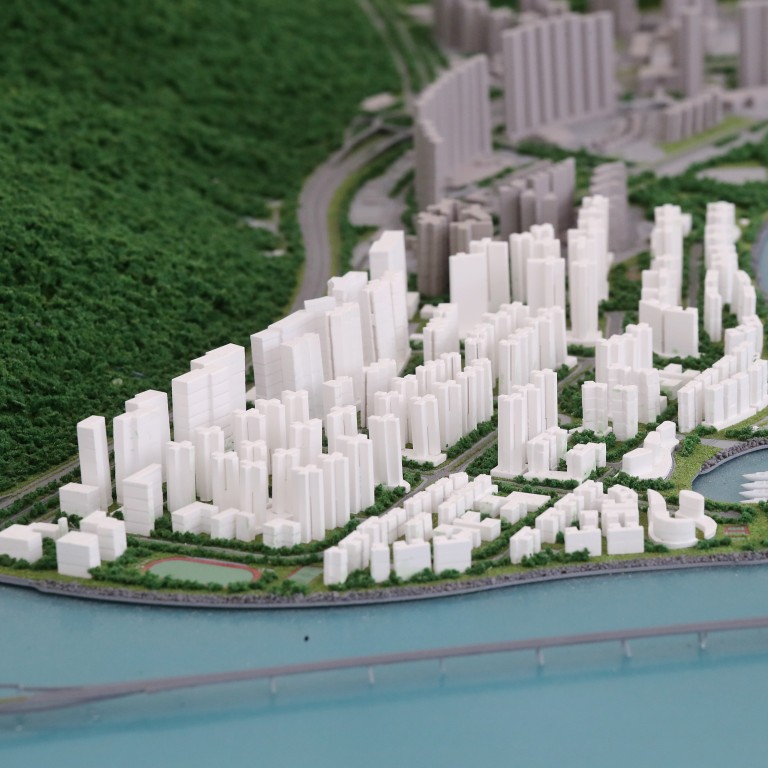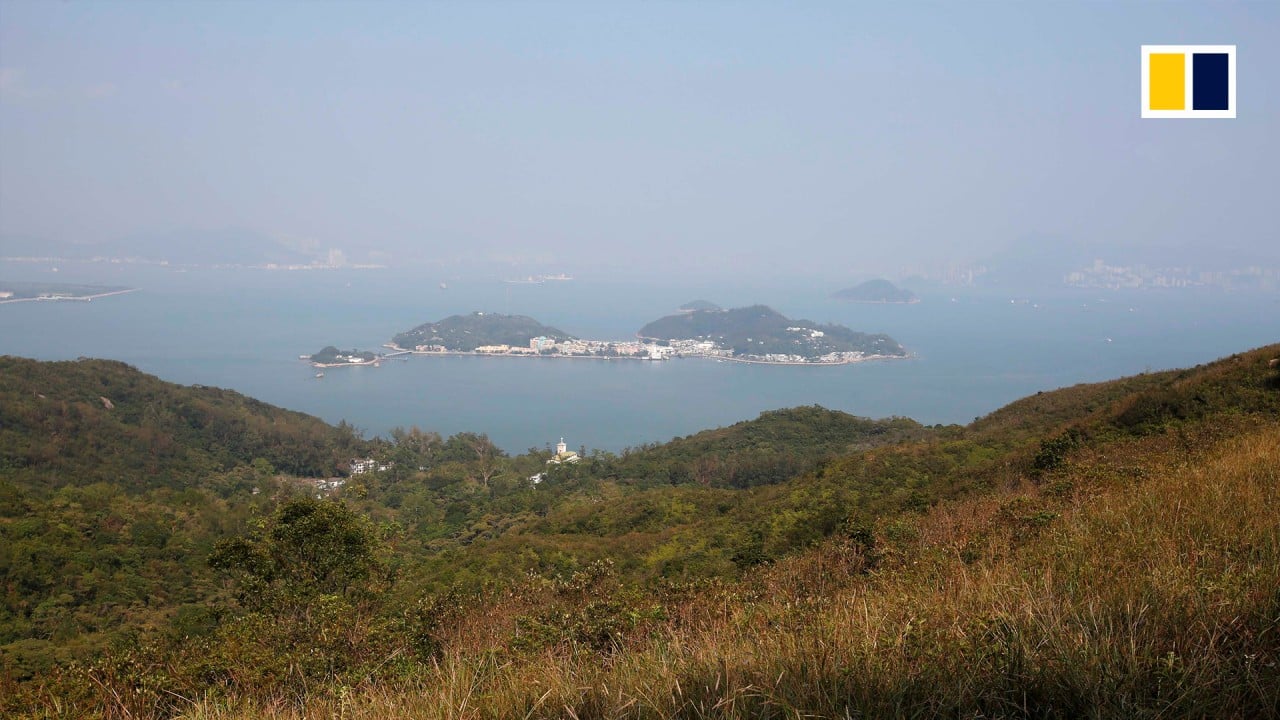
Hong Kong must overcome past mistakes and ensure adequate community facilities at new public housing estates
- The government has a long and painful history of overlooking actual demand on communal infrastructure at public housing estates
- New housing projects should have the capacity to support infrastructure for future population growth, particularly transport and community facilities
The acute shortage of housing supply is a fundamental cause for the skyrocketing property price. About 101,000 new public housing units are expected to be completed from 2020 to 2025, according to the Hong Kong Housing Authority and the Hong Kong Housing Society. Yet, the completion target still falls well-short of the 150,000 applicants in the queue, with the current average waiting period standing at 5.7 years.
However, even after effectively deploying all these measures, it will be a tall order to fully satisfy the growing demand and resulting housing tension in Hong Kong.
It is envisaged that new housing projects can better utilise land in strategic locations to boost supply and house more applicants in the coming decade. However, the capacity of the supporting infrastructure, particularly transport and community facilities, is an issue that must not be overlooked.

02:43
Why Carrie Lam’s Lantau land reclamation plan is so controversial
However, the MTR Corporation only submitted proposals for the Tung Chung Extension Railway Project in 2018 and then postponed the opening date by five years from 2024 to 2029.
It is believed that by 2024, the existing transport infrastructure will fail to meet the demand created by the development of a 130-hectare reclamation development zone to the east of Tung Chung. In addition to the pressure on public transport infrastructure, the new residents will also have insufficient community facilities, such as schools and hospitals.
Given the imminent need to increase public housing supply, the government will roll out sites for development once the land is formed. But the needs of local neighbourhoods must be evaluated and catered to. The existing infrastructure completed in April 2003 was expected to serve the needs of about 124,000 residents. These facilities now seem to be insufficient, aged and incapable of meeting the needs of the increased population.
The recreational facilities are only located in private housing estates in parts of Tung Chung, which are not available to those in public housing estates, such as the Yat Tung and Ying Tung estates.
The Tung Chung New Town Extension is estimated to deliver an additional 62,100 residential units to serve a planned population of 184,000. In anticipation of the strain this will inevitably place on local infrastructure, the government ought to accelerate the planning and construction of the additional communal facilities required.
To satisfy the demand of the community, various short-term measures should be deployed. These could include the introduction and rationalisation of bus routes (before the development of railway stations), as well as reserving more land for community facilities.
The government has a long and painful history of overlooking the actual demand on communal infrastructure created by development projects. As highlighted in the case of Tung Chung, there are issues repeatedly encountered in terms of the supply-demand imbalance, improper site selection, and delayed completion, to name a few.
It is clear that the government should aim to not just fulfil housing targets numerically, but also strive to satisfy the associated increase in demand for local infrastructure, facilities and community amenities.
By enhancing planning and infrastructure development, and additional steps such as promoting road traffic management and the sharing of community facilities, the government can increase the capacity of the local infrastructure to prepare for current and future requirements.
Chiu Kam-Kuen is international director and chief executive for Greater China at Cushman & Wakefield


